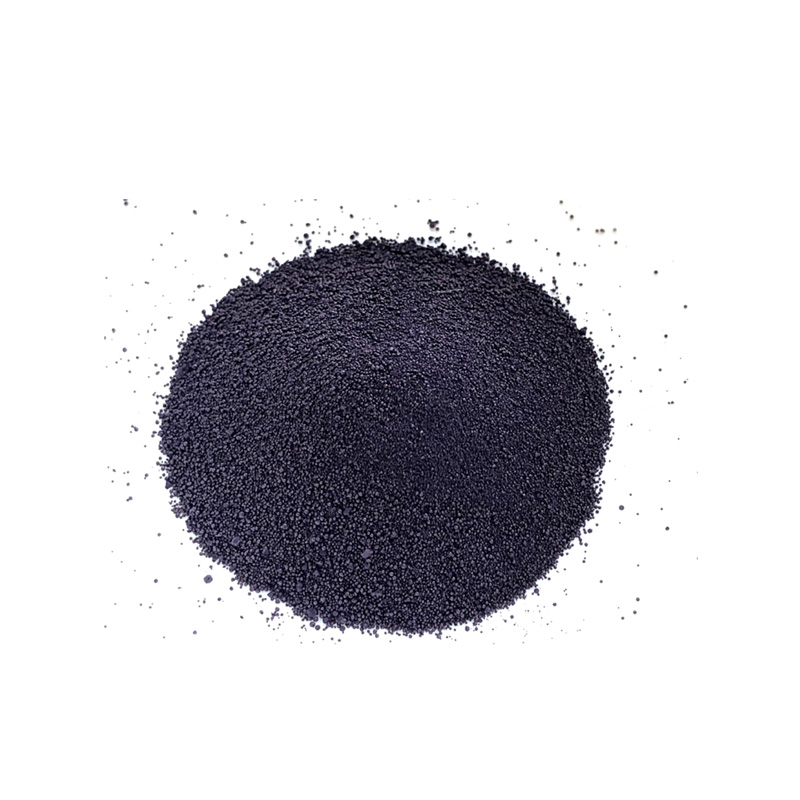Top Plants for Natural Indigo Dye Production and their Benefits
The Best Plant Indigo Dye Nature's Timeless Blue
Indigo dyeing is one of the oldest textile dyeing processes in the world, with a rich history that spans countless cultures and centuries. This vibrant blue dye derives from various plant species, with the most notable being Indigofera tinctoria, a shrub native to the tropics. Known for its stunning color, indigo dye not only has aesthetic appeal but also carries significant historical and cultural importance. In this article, we delve into the best plant indigo dye sources, their ecological benefits, dyeing techniques, and the resurgence of interest in natural dyeing today.
The Source of Indigo
Indigo dye is primarily extracted from the leaves of the Indigofera plant. These plants contain a compound called indican, which is converted into indigo through a fermentation process. While Indigofera tinctoria is the most famous source, other species such as Indigofera suffruticosa and Persicaria tinctoria also produce high-quality indigo dyes. The key lies in the harvesting of the leaves, which must be processed within a few days to ensure maximum yield and vibrancy of color.
Beyond Indigofera, other plants historically used for indigo dyeing include woad (Isatis tinctoria) and Japanese indigo (Polygonum tinctorium). While these sources are less prevalent today, they are still significant in certain regions and offer unique shades and characteristics.
Historical Significance
Historically, indigo dyeing was integral to the economies of many civilizations. In ancient Egypt, it was used to dye the linens of mummies, while in India, it was a crucial commodity known as blue gold. The trade routes established for indigo created economic opportunities and established social hierarchies. However, the cultivation of indigo also led to exploitation, as colonial powers sought to profit from this lucrative industry, often at the expense of local farmers.
The decline of natural indigo came with the invention of synthetic dyes in the 19th century, which offered easier and cheaper alternatives. Nonetheless, the revival of interest in sustainable and natural dyeing practices has brought indigo back to the forefront, appreciating its unique characteristics and environmental benefits.
Eco-Friendly Aspects
One of the standout features of plant indigo dye is its environmental sustainability. Unlike synthetic dyes, which can involve harmful chemicals and processes, indigo dyeing from plants relies on natural processes. Additionally, many indigo-producing plants, particularly legumes, contribute to soil health by fixing nitrogen, making them beneficial for crop rotation and sustainable farming practices.
best plant indigo dye

Furthermore, the revival of traditional dyeing techniques encourages biodiversity, as artisans often grow a variety of indigenous plants to produce their colors. This practice not only supports local economies but also preserves cultural heritage and traditional knowledge.
The Dyeing Process
The art of indigo dyeing is a beautiful blend of science and craft, requiring patience and skill. The process begins with harvesting the leaves and fermenting them with water, creating a thick, rich liquid. The color transformation occurs when the dyed fabric is removed from the dye bath and exposed to air, oxidizing the indigo and revealing its stunning blue hue.
Different techniques such as tie-dye, shibori, and batik can be employed to create intricate patterns and designs. The versatility of indigo dye allows it to be used on various fabrics, including cotton, silk, and wool, giving artisans the freedom to experiment and create unique, beautiful pieces.
Modern Day Relevance
In recent years, the rise of eco-fashion and sustainable practices has led to a resurgence in the popularity of plant-based indigo dyes. Designers and consumers alike are seeking alternatives to synthetic options, drawing attention to the benefits of natural dyes. The interest in organic textiles and slow fashion has opened doors for artisans and traditional dyeing practices.
Moreover, workshops and community initiatives focused on natural dyeing have emerged, providing education and resources to those interested in this environmentally friendly craft. As consumers become increasingly aware of the impact of their choices, the future of plant indigo dye looks promising.
Conclusion
In conclusion, plant indigo dye is more than just a color; it represents a connection to history, culture, and sustainability. As we continue to embrace natural and eco-friendly practices, the significance of indigo in our textile traditions endures. From its ancient roots to its modern resurgence, indigo dye is a testament to the beauty and complexity of nature's gifts. Whether you're an artisan, a fashion enthusiast, or simply someone who appreciates the rich tapestry of colors, exploring the world of indigo dye offers an enriching experience that deepens our understanding of art and the environment.
-
The Timeless Art of Denim Indigo Dye
NewsJul.01,2025
-
The Rise of Sulfur Dyed Denim
NewsJul.01,2025
-
The Rich Revival of the Best Indigo Dye
NewsJul.01,2025
-
The Enduring Strength of Sulphur Black
NewsJul.01,2025
-
The Ancient Art of Chinese Indigo Dye
NewsJul.01,2025
-
Industry Power of Indigo
NewsJul.01,2025
-
Black Sulfur is Leading the Next Wave
NewsJul.01,2025

Sulphur Black
1.Name: sulphur black; Sulfur Black; Sulphur Black 1;
2.Structure formula:
3.Molecule formula: C6H4N2O5
4.CAS No.: 1326-82-5
5.HS code: 32041911
6.Product specification:Appearance:black phosphorus flakes; black liquid

Bromo Indigo; Vat Bromo-Indigo; C.I.Vat Blue 5
1.Name: Bromo indigo; Vat bromo-indigo; C.I.Vat blue 5;
2.Structure formula:
3.Molecule formula: C16H6Br4N2O2
4.CAS No.: 2475-31-2
5.HS code: 3204151000 6.Major usage and instruction: Be mainly used to dye cotton fabrics.

Indigo Blue Vat Blue
1.Name: indigo blue,vat blue 1,
2.Structure formula:
3.Molecule formula: C16H10N2O2
4.. CAS No.: 482-89-3
5.Molecule weight: 262.62
6.HS code: 3204151000
7.Major usage and instruction: Be mainly used to dye cotton fabrics.

